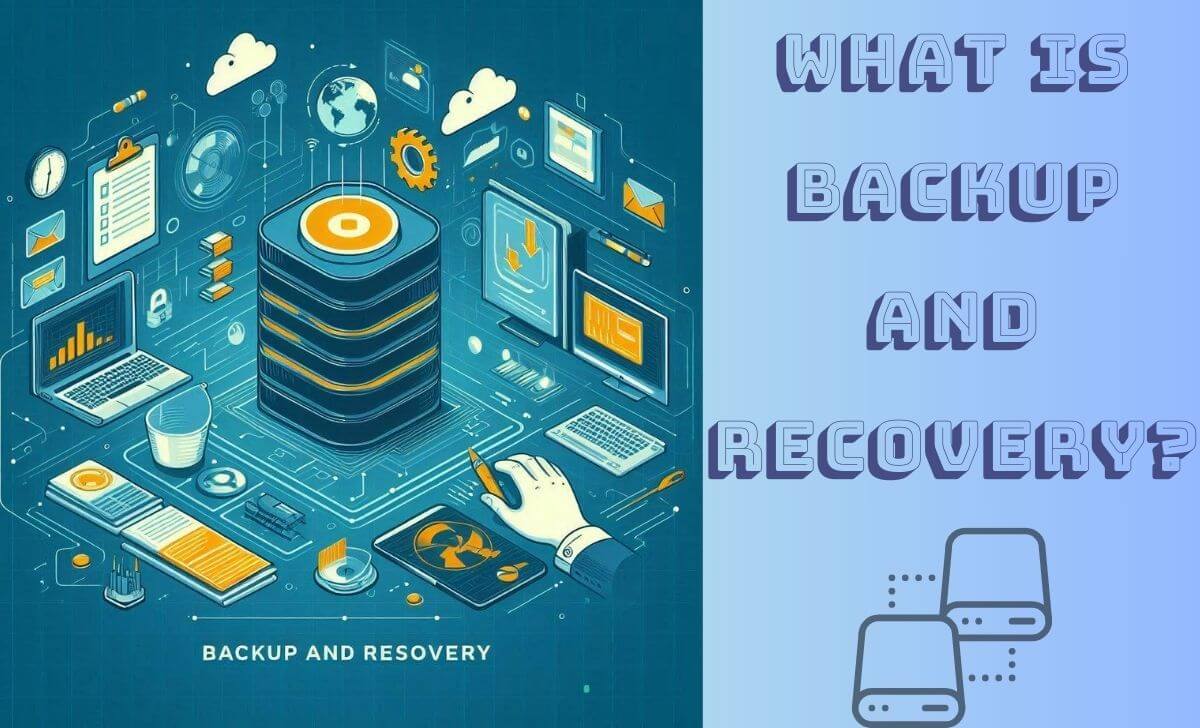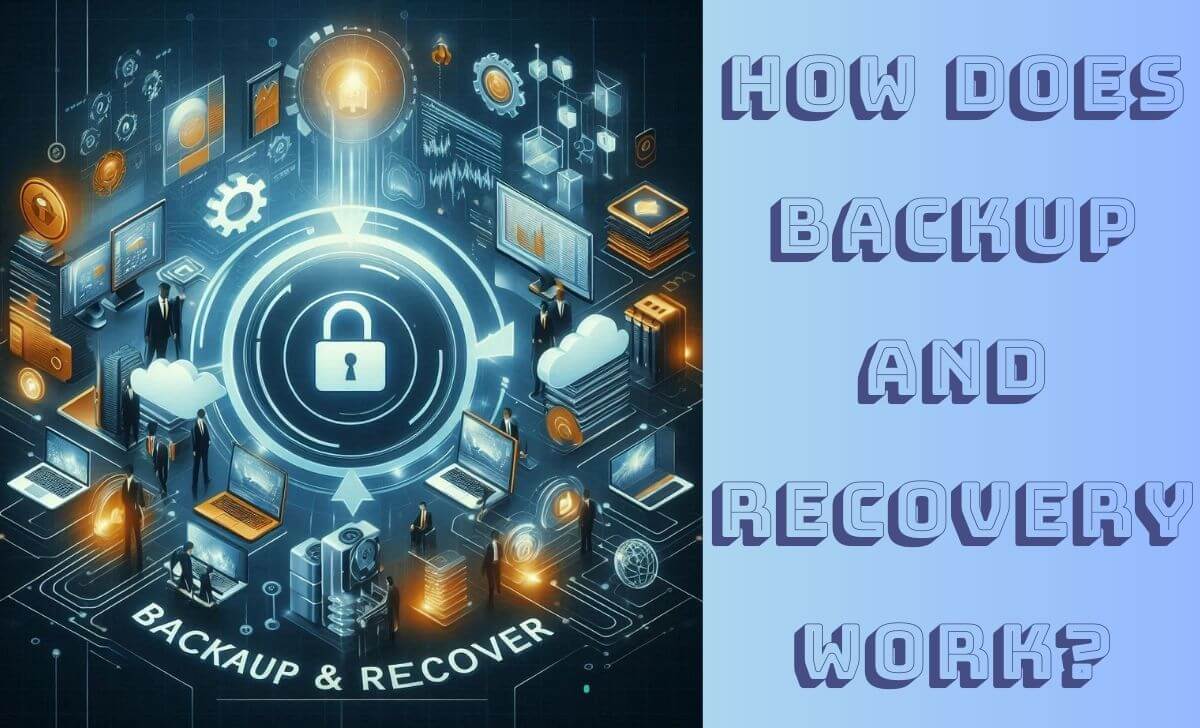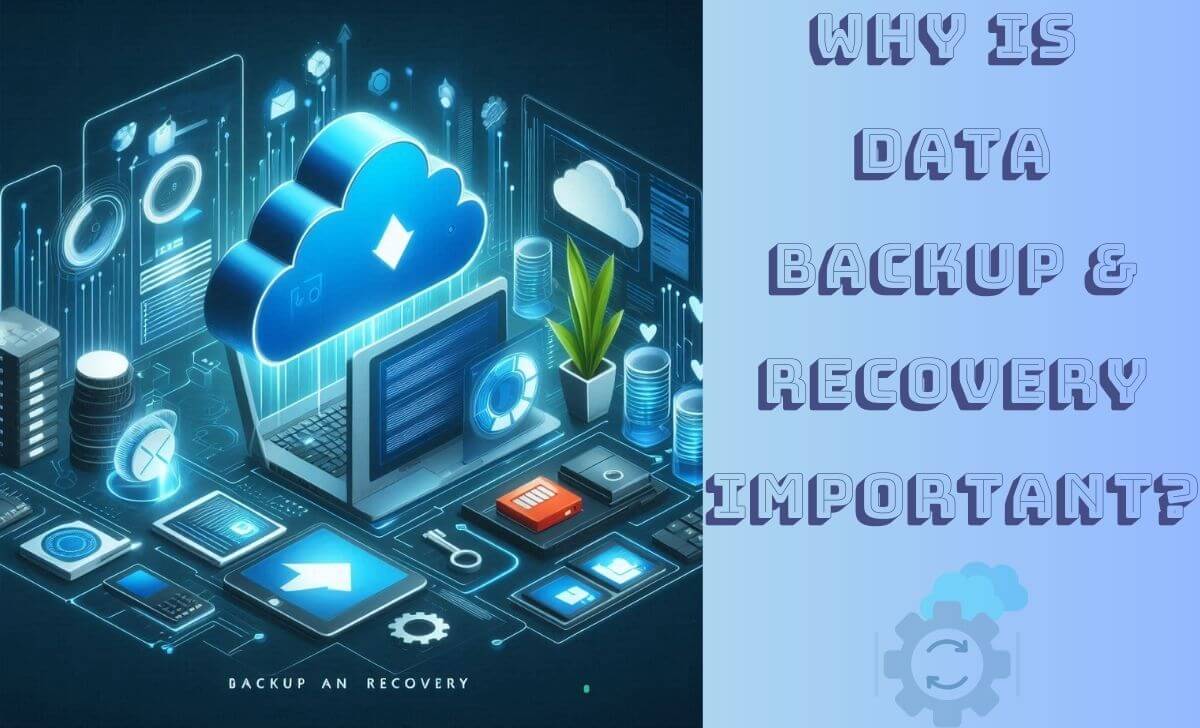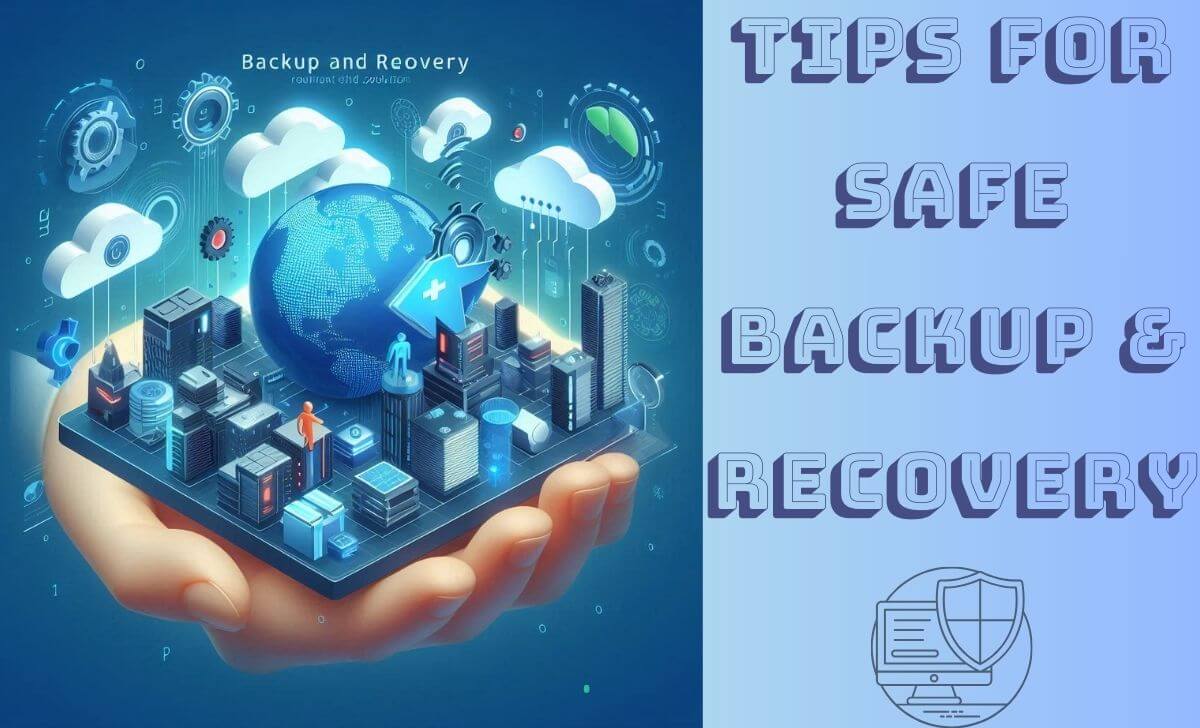Backup and Recovery is one of the important terms in data management and information security. For any organization or individual, data protection is not only a requirement but also an essential part of information technology management strategy.
In the article below, AZCoin will provide a comprehensive overview of Backup and Recovery, explaining basic concepts and effective tips to ensure optimal protection for your data.
What is Backup?

Backup is the process of creating a copy of data to prevent the original data from being lost or damaged. Backup helps protect important information and allows data to be restored in the event of a problem. Backups can be stored in a variety of locations such as external hard drives, the cloud or other storage devices.
What is Recovery?

Recovery is the process of retrieving data from a backup when the original data is lost or corrupted. Recovery ensures that you can restore your data to the state it was in before the incident occurred. This process can involve restoring the entire system or just a specific portion of the data depending on the requirements and the backup method used.
What is Backup and Recovery?

Backup and Recovery is a comprehensive system that ensures that important data is protected and recoverable in the event of a disaster. This system includes making copies of data (Backup) and restoring data when necessary (Recovery). Backup and Recovery is often implemented in information technology systems to protect data from loss due to technical problems, user errors or cyber attacks.
How does Backup and Recovery work?

Backup and Recovery works on a specific process where data is backed up periodically and copies are stored in different locations. When a problem occurs and the original data is lost or corrupted, the recovery process is triggered to restore the data from the copies. Additionally, it is crucial to address potential security breaches to ensure that backups are not compromised during the recovery process.
Common Backup types
There are many common types of backups you can use to protect your data. Below are some of the main types:
- Full Backup: This is a backup type in which the entire system’s data is copied and stored. Full Backup ensures that you have a complete copy of the entire system, but can be time-consuming and space-consuming.
- Incremental Backup: In this type of backup, only the data that has changed since the previous backup is backed up. Incremental Backup saves storage space and backup time, but requires a full backup to recover data.
- Differential Backup: A differential backup backs up all changes since the last full backup. This method provides a balance between storage space and recovery time, as you only need the most recent full backup and the most recent differential backup to recover data.
Why is Data Backup and Recovery important?

Data Backup and Recovery is important for many reasons:
- Protection against data loss: Data can be lost due to many reasons such as hardware failure, software failure, viruses or even human error. Backups help you recover lost data quickly.
- Disaster recovery: In the event of a disaster such as a fire, flood or cyber attack, having a backup copy of your data helps your business or individual recover quickly.
- Ensure business continuity: Loss of data can cause serious disruption to your business. Backups help ensure that work can continue without long-term interruptions.
- Compliance with regulations: Many industries are required to store and protect data according to regulations. Backups help ensure compliance with these regulations.
- Protection against ransomware: Ransomware is a type of malware that encrypts data and demands a ransom to decrypt it. Having a backup copy of your data allows you to recover it without having to pay the ransom.
- Save time: Restoring data from a backup is often faster and less expensive than trying to recover lost or corrupted data from scratch.
Popular Backup and Recovery solutions
Here are some popular Backup and Recovery solutions that you can apply:
- Cloud Storage: This is a popular solution for data backup and recovery. Data is backed up on cloud servers, allowing access and recovery from anywhere.
- Offsite Backup: This is a method of backing up data at a location other than the main site. This helps protect data from risks such as fire or natural disasters.
- Disk Backup: Uses a hard drive or other storage system to back up data. This is a popular solution for both full system backups and incremental backups.
- Network Backup: Data is backed up over a local network or the Internet, commonly used for large organizations and multi-server environments.
- Backup software solutions: Software such as Veeam, Acronis and IDrive offer comprehensive backup solutions, including cloud backup, on-site backup and hybrid backup. These software often have easy-to-use interfaces and support many security features.
Tips for safe Backup and Recovery

To protect Backup and Recovery safely, you can apply some of the following tips:
- Use the 3-2-1 rule: Keep at least three copies of your data, store two copies on different storage media and one backup copy in a different location from your main work location.
- Regularly test backups: Periodically test and verify backups to ensure that they can successfully restore data. This helps to detect problems early and fix them promptly.
- Use multiple storage media: Combine the different storage media mentioned above to protect your data from different risks.
- Secure backup data: Make sure backups are password protected and encrypted to prevent unauthorized access.
- Plan for recovery: Develop a detailed data recovery plan to ensure that you can recover your data quickly and efficiently when needed.
Additionally, leveraging top solutions such as AZcoin – the best crypto exchange for 2024, can help you integrate robust security measures into your backup and recovery strategy.
Conclusion
Above is basic information about Backup and Recovery and effective data protection methods. Hopefully, AZcoin article has helped you better understand the importance of data backup and recovery, as well as providing necessary tips to optimally protect your information.

I’m Jessi Lee, currently living in Singapore. I am currently working as a trader for AZCoin company, with 5 years of experience in the cryptocurrency market, I hope to bring you useful information and knowledge about virtual currency investment.
Email: [email protected]











